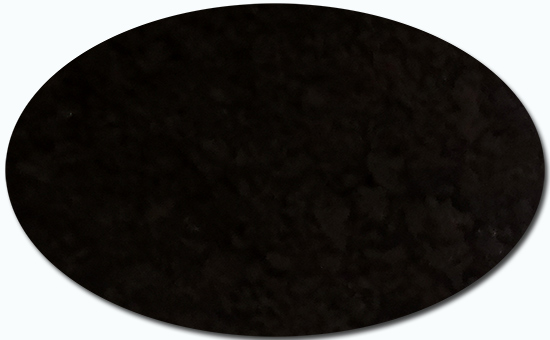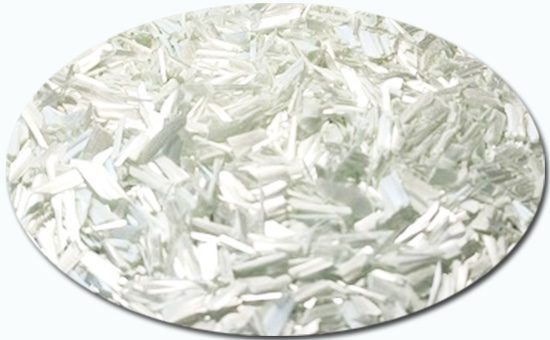Rubber-plastic blended composite materials can maintain their own characteristics and achieve complementary performance. The blended materials have the characteristics of good fluidity, good elasticity, and impact resistance. Waste polypropylene materials are filled and modified with tire rubber powder to obtain good mechanical properties. In actual production, the compatibility among waste polypropylene and waste tire rubber powder is poor, the interfacial tension is large, and the adhesion among the two phases is low. Improving the bonding state of the rubber powder and polypropylene interface is the basis for improving the comprehensive index of composite materials.
1. Control the particle size and dosage of tire rubber powder
(1) Particle size: When the waste polypropylene material is filled and modified with tire rubber powder, the smaller the tire rubber powder particle size, the impact strength and tensile strength of the composite material will increase to varying degrees. In the rubber toughening system, when the amount of rubber is constant, the larger the rubber particle size, the smaller the number of particles, and the greater the distance among particles, the toughening effect is not good; at the same time, the rubber particle size is too small, and the toughening effect is not obvious. When using tire rubber powder to improve the performance of waste polypropylene, it is recommended to use rubber powder of about 40 mesh.

(2) Dosage: When selecting a suitable particle size of tire rubber powder to fill and modify waste polypropylene, as the amount of tire rubber powder increases, the distance among rubber powder particles becomes smaller, and the stress field caused by adjacent rubber powder 2YLYY1019 particles Overlapping each other will improve the performance of the blend; however, too much tire rubber powder will cause its dispersion in the composite material to decrease and affect the modification effect, so it is necessary to control the amount reasonably. About 30 parts of tire rubber powder can be used to fill and modify 100 parts of waste polypropylene.
2. Use appropriate amount of compatibilizer
The use of compatibilizers in rubber-plastic blending materials is the main method to improve the bonding force among phases. Waste polypropylene/tire rubber powder modified composite materials generally use polypropylene grafted maleic anhydride and chlorinated polypropylene, both of which have an amphoteric structure, and some of the groups have good compatibility with polar substances, and the other part The group has good compatibility with non-polar substances, which can significantly improve the tensile strength and impact strength of the waste polypropylene/tire rubber powder composite material.
Polypropylene grafted maleic anhydride and chlorinated polypropylene can be used in a 2:1 ratio, and the total amount is generally controlled at 10-12 parts.
3. Reinforce with waste nylon short fiber

Mix waste nylon short fibers with appropriate amount of latex, fillers, adhesives, lubricants, surfactants, anti-aging agents and other treatment agents, mix them in a high-speed stirring device for a period of time, and then take them out to dry, and the short fibers have better dispersibility and adhesion. Good; the pre-treated short fiber is blended with waste polypropylene and tire rubber powder, and the impact strength of the composite material is significantly improved. The amount of waste nylon staple fiber is generally controlled at about 8-10 parts.
At present, many manufacturers use waste polypropylene, tire rubber powder and waste nylon short fibers together to prepare blended materials, select appropriate waste tire rubber powder and matching additives, and pretreat the materials in advance, which can further improve the waste polypropylene. The comprehensive indicators of tire rubber powder/waste nylon short fiber composite materials, and then expand the application fields of composite materials, the editor will have the opportunity to continue discussing related issues with you.
Exclusive original article [commercial authorization] reprint, excerpt and excerpt in any form are prohibited without written authorization. Focus on Hongyun rubber: learn the process formula and raw material technology of producing rubber products from recycled rubber to help you reduce costs and increase profits